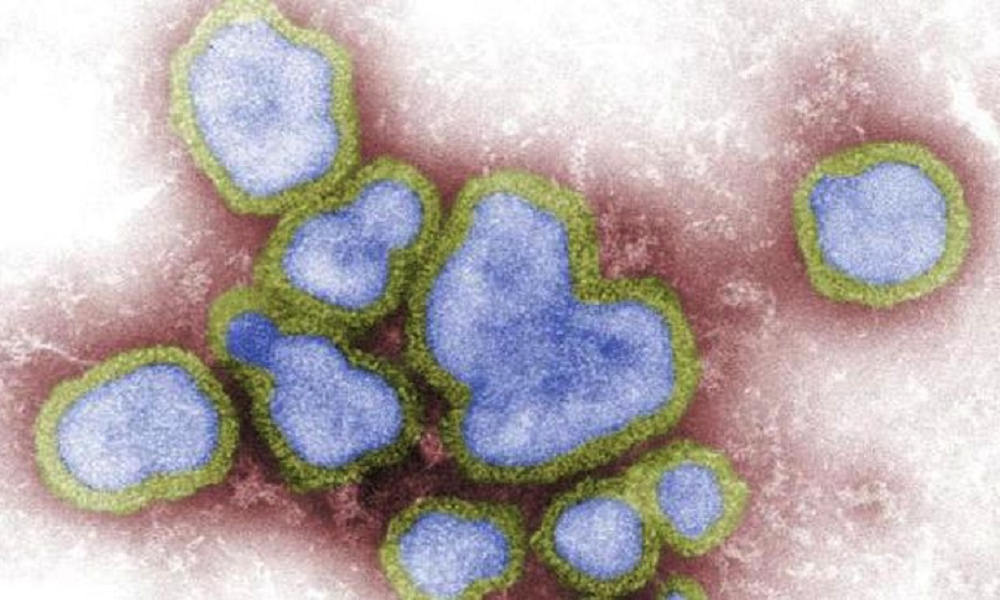World
Cambodia reports 2nd human case of H5N1 bird flu

The father of an 11-year-old Cambodian girl who died of H5N1 bird flu has tested positive for the virus, the health ministry announced on Friday, less than two days after the first case was confirmed.
Dr. Seng Panharith, the director of the Prey Veng Provincial Health Department, said the 49-year-old man was taken to an area hospital after testing positive. He is currently asymptomatic.
On Wednesday, the man’s 11-year-old daughter died of H5N1, which was confirmed a few hours later. It is unknown if the man was infected by his daughter or if both were infected by the same source.
It’s also unknown how the girl herself was infected, but all animals at her home – 22 chickens and 3 ducks – had recently died. There has also been an unusual number of deaths among wild birds in her village. She developed symptoms on February 16.
The health ministry has sent an emergency response team to Roleang village in Prey Veng province, where the girl lived. Aside from her father, eleven people who had contact with her tested negative.
The current variant of H5N1 has caused outbreaks around the world since late 2021, even in countries where bird flu had never been found. Since then, more than 200 million birds have either died or been culled, most of them in Europe and the U.S.
The global spread of bird flu has raised concern about the possibility of a future variant which could lead to human-to-human transmission. Recent cases in mammals – including in mink, foxes and sea lions – have added to those concerns.
“H5N1 has spread widely in wild birds and poultry for 25 years but the recent spillover to mammals needs to be monitored closely,” WHO Director-General Tedros Adhanom Ghebreyesus said earlier this month.
Tedros added: “For the moment, WHO assesses the risk to humans as low. … But we cannot assume that will remain the case and we must prepare for any change in the status quo.”
The World Organization for Animal Health (WOAH) echoed those concerns.
“The current situation highlights the risk that H5N1 avian influenza may become better adapted to mammals and spill over to humans and other animals,” the agency said on February 13. “Some animals, such as mink, may act as mixing vessels for different influenza viruses, leading to the emergence of new strains and subtypes that could be more harmful to animals and/or humans.”
H5N1 has infected people in the past with a case fatality rate of 52%, but the current wave involves a new variant of the virus. Since late 2021, there have been 8 human cases of H5N1, including 2 people who died (25%).
A 9-year-old girl in Ecuador tested positive for H5N1 bird flu in January, making it the first such case in South America. She was hospitalized in critical condition but has since recovered. Another person, in China, died of bird flu last year.
Earlier this month, Peru reported that nearly 600 sea lions and 55,000 birds, including pelicans and penguins, are believed to have died of H5N1 bird flu. A dolphin and a lion also died of the illness.

-

 Legal6 days ago
Legal6 days agoFirefighters ambushed while responding to Idaho wildfire, at least 2 killed
-

 US News1 week ago
US News1 week agoSmall meteorite fragment may have struck Georgia home
-

 Legal1 week ago
Legal1 week agoArmed woman blocks traffic on freeway in Houston, Texas
-

 Legal1 week ago
Legal1 week agoWashington Post journalist Thomas LeGro arrested for child porn possession
-

 World6 days ago
World6 days agoTropical Storm Barry forms in the Gulf, expected to make landfall in eastern Mexico
-

 Business1 week ago
Business1 week agoU.S. sanctions 3 Mexican financial firms over fentanyl-linked money laundering
-

 Legal4 days ago
Legal4 days agoOvidio Guzmán, son of ‘El Chapo,’ to plead guilty in Chicago drug trafficking case
-

 Politics1 week ago
Politics1 week agoCIA says Iran’s nuclear program “severely damaged” as Trump disputes media reports




